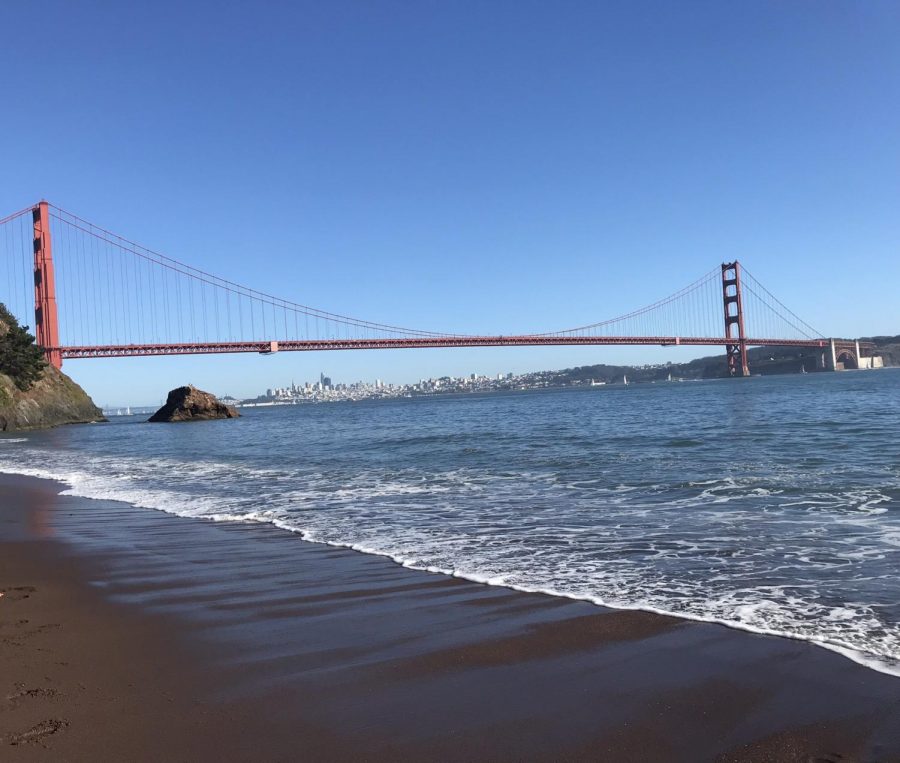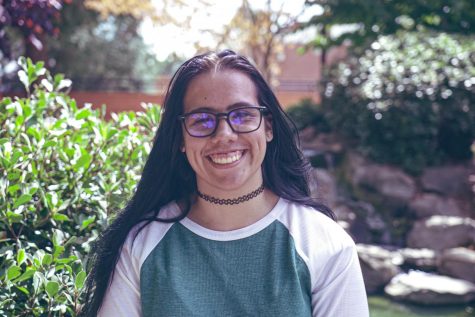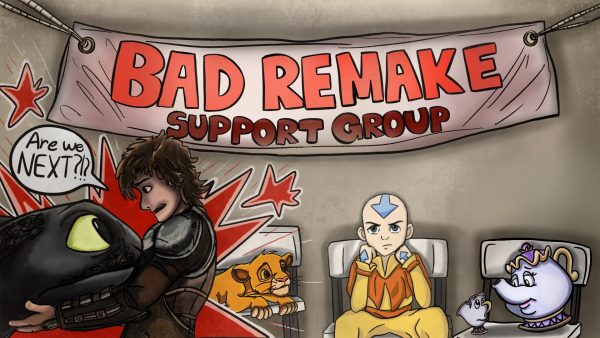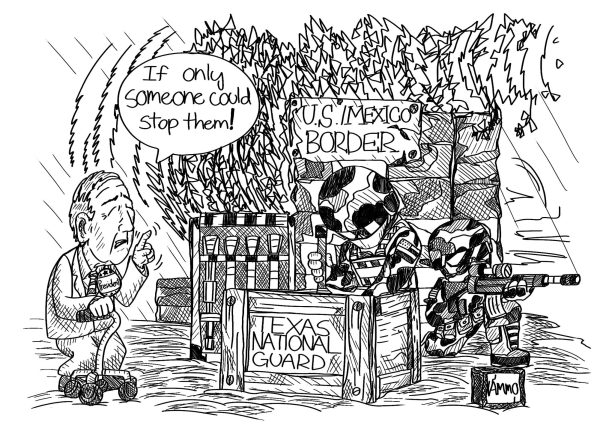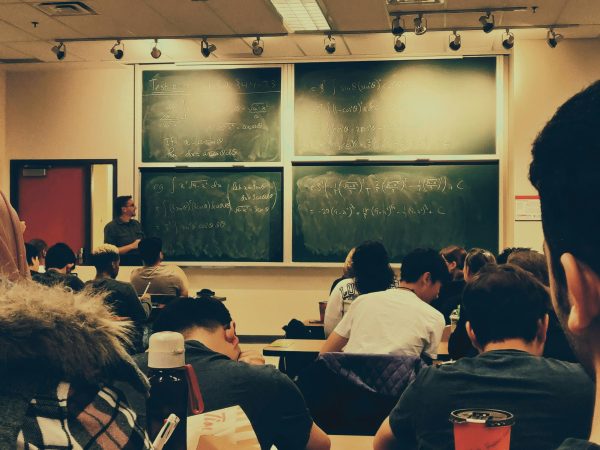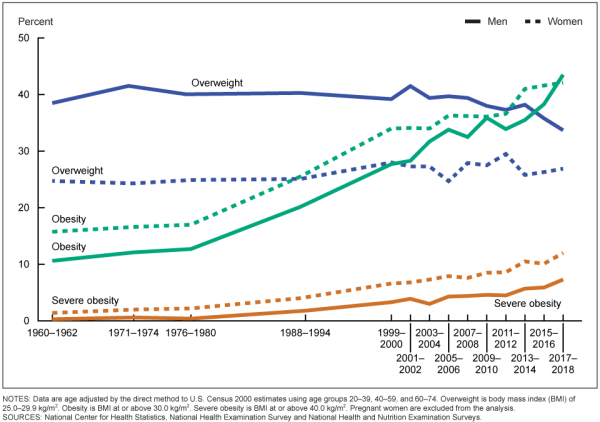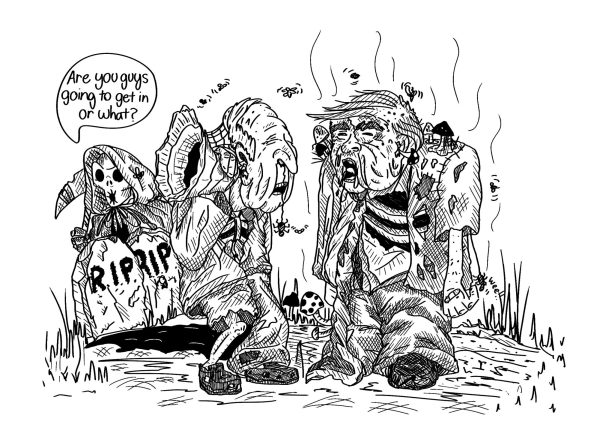Suicide can no longer be silenced
The Golden Gate Bridge is the second most popular place individuals commit suicide in the world according to The San Francisco Chronicle. With the City of San Francisco’s new suicide net being put into place, it is possible that this statistic will change. (The Inquirer file photo).
February 19, 2019
Thoughts of today being the last day of anyone’s life is seemingly unfathomable. For many Americans, this is not the case. Even speculation of ending one’s own life leads to becoming an outcast. Suicidal ideation can conjure up more visions of an end—increasing the likelihood of somebody taking their own life.
An overwhelming sense of despair looms over those suffering, and the consumption of one’s inner thoughts absorbs every drop of hope like a sponge. When society turns their back to those in need, the more suicide lingers in the depths of our mind.
The American Foundation for Suicide Prevention, states the 10th leading cause of death in the United States to be suicide. While 2017 accounted for over 40,000 American suicides–and in the same year, AFSP estimates there were 1,400,000 suicide attempts in the United States alone. Over a million Americans find themselves trapped in the confinement of mental persecution, with no clear direction on how to escape.
This epidemic hits close to home here in the East Bay, as the Golden Gate Bridge is the second most popular place to carry out suicide in the world, next to the Nanjing Yangtze River Bridge located in China. I came across this staggering statistic while reading an article written by Lizzie Johnson of The San Francisco Chronicle, about a boy named Kyle Gamboa. In 2013, Gamboa took his own life by jumping off the Golden Gate Bridge. He was 18.
Gamboa’s story, although incredibly tragic, is not an uncommon one. In the past decade, over 1,000 identified individuals have killed themselves by jumping off the Golden Gate Bridge. These occurrences are so frequent that individuals who take their own lives off the bridge are called “jumpers”. In the past two years, the number of jumpers had spiked. Both 2017 and 2018 alone saw over 400 identified individuals deaths by jumping. These numbers are staggering, and according to the San Francisco Chronicle, on average it’s estimated one person takes their own life on the bridge every 13 days.
Out of the many identified we see that suicide has no age limit, it is universal, and a poison that has damaged the minds of every generation. To name a few, In 2001, Marissa Imrie killed herself by jumping off the bridge when she was only fourteen. Three years following, Gene Sprague, 34, was caught on tape in 2004 by the film crew of “The Bridge” falling backward off the bridge. In 2008, 17 year old Casey Brooks took her own life in the same way Gamoba did in 2013. A year later, Sean Moylan, 27, would do the same. Suicide by jumping from the Golden Gate stems back to when the bridge was first constructed. As early as 1937, the same year the bridge was completed, 47 year old Harold Wobbler, a World War I veteran, killed himself by lunging off the bridge. Ten years later in 1945, 37 year old August DeMont and her daughter both took their own lives by leaping off the bridge. Her daughter was five years old.
Because the bridge is above powerful currents, it’s possible that hundreds of individuals who took the jump will remain nameless. If we consider the extensive history of the Golden Gate bridge and the recent action to keep track of individual suicides, this number could be in the thousands, all swallowed by the depths of the sea. It’s no wonder the Golden Gate bridge is nicknamed a ‘suicide magnet’.
As a response to this dramatic increase of fatalities, the city of San Francisco is taking action. They are currently constructing a suicide net barrier under the bridge, located 20 feet below the sidewalk and will extend 20 feet on both sides of the bridge. The barrier’s completion date will be around Jan. 2021.
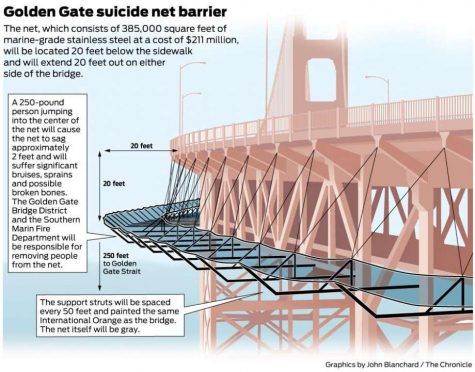
The city of San Francisco is constructing a suicide net that will consist of marine grade-steel. (Photo courtesy of John Blanchard)
Suicide is real and it’s everywhere. It is an epidemic that has yet to be acknowledged or treated to the extent that it deserves. Instead of stigmatization and relegation to therapists offices, a conversation about this epidemic needs to reach a greater platform.
Society needs to know how to detect individuals who are suicidal, the cause, and how to spread the word about treatment. While the city of San Francisco is taking appropriate measures in the midst of this epidemic, more must be done.
One prevention method is to acknowledge its existence and how it more often than not contributes to suicide.
The highest cause for suicide is mental illness, as 90 percent of those who end their own lives struggle with mental health struggles in the form of depression, anxiety or addiction.
More and more individuals trek the long road of mental illness every year, and at times, suicide seems to be the only way to leave the seemingly inescapable prison. While not all individuals who have mental illness will suffer from suicidal tendencies, they are at a higher risk. AFSP claims chronic pain, traumatic brain injuries, neglect, genetic predisposition to suicide, stressful environments and specific events can lead to suicide.
The warning signs for a loved one being suicidal are not easily identified. In addition, there is a weak dialogue being spread about these extremely important societal problems. Despite this, there are still prominent behaviors that could lead to hints.
The National Alliance on Mental Illness states that some of the warning signs are: “threats or comments about killing themselves, also known as suicidal ideation, increased alcohol and drug use, aggressive behavior, social withdrawal from friends, family and the community, dramatic mood swings, talking, writing or thinking about death and impulsive or reckless behavior.”
People struggling with suicidal thoughts need to learn they are never alone. Feelings of sadness, anxiety depression are valid when there is no escaping the experience of grief in our daily lives. When these feelings become abnormal, caution should be taken. You are not weak for having suicidal thoughts. Rather, you are a victim of a society that has yet to figure out how to treat mental illness and depression appropriately.
This ideology is rooted in the belief that mental illness is lesser than physical ailments, when it is just as damaging as any other illness, if not more so. There is validity in feeling depressed.
To argue that mental health isn’t as important as physical ailments due to its emotional component is absurdly toxic. Like any other condition, suicidal behavior can be treated. Getting treatment, either by the means of psychotherapy or prescribed medication is vital. Communicate with your doctor and local health provider if you experience symptoms. Remember, there is no shame in seeking help.
If an individual has close loved ones, strengthen that network. Finding peace and happiness is not impossible. In adversity of struggle, the ones around us whom we love are the keys to bliss. Suicidal thoughts are temporary once you take measures to seek treatment, but most importantly it is crucial to know that you are never alone.
For example, in San Francisco, there are groups of bridge patrolmen, law enforcement, and medical professionals who look for individuals ready to commit suicide off the bridge, and in response, they seek them out to assist in getting them treatment. One study by Dr. Richard H. Seiden surveyed 515 people who attempted to jump off the bridge from 1937 to 1971, after being stopped the first time, researchers found that 94 percent of those individuals were still alive a quarter-century later.
There are people who make it their job to be there for you. Kevin Hines, who at age 19, tried to take his own life in 2000 but survived his attempt. Hines is now a well known film director and mental health advocate.
“It’s okay not to be okay,” Hines told KTVU in 2016. “It’s not okay not to ask for help.”
If you’re ever feeling alone and have no one to turn to, there are hotlines. The National Suicide Prevention Lifeline has a 24 hour hotline at 1-800-273-8255, they also have online chats on their website for those unable to call or text.
In a note Gamboa left for his family, he wrote, “I think this is a good place to end it. I’m sorry for the pain this might give you, but please be happy knowing this is what I want. The world isn’t ready for Kyle Gamboa.”
While Gamboa didn’t believe the world was ready for him, it was. The same can be said for Imrie, Sprague, Brooks, Moylan, even Wobbler, and the DeMonts. The world mourns for them. They were loved. In our moments of doubt and hopelessness, remind yourself of the people in your life who love you. Remind yourself that suicide is never worth it. Because there is always hope.





































































